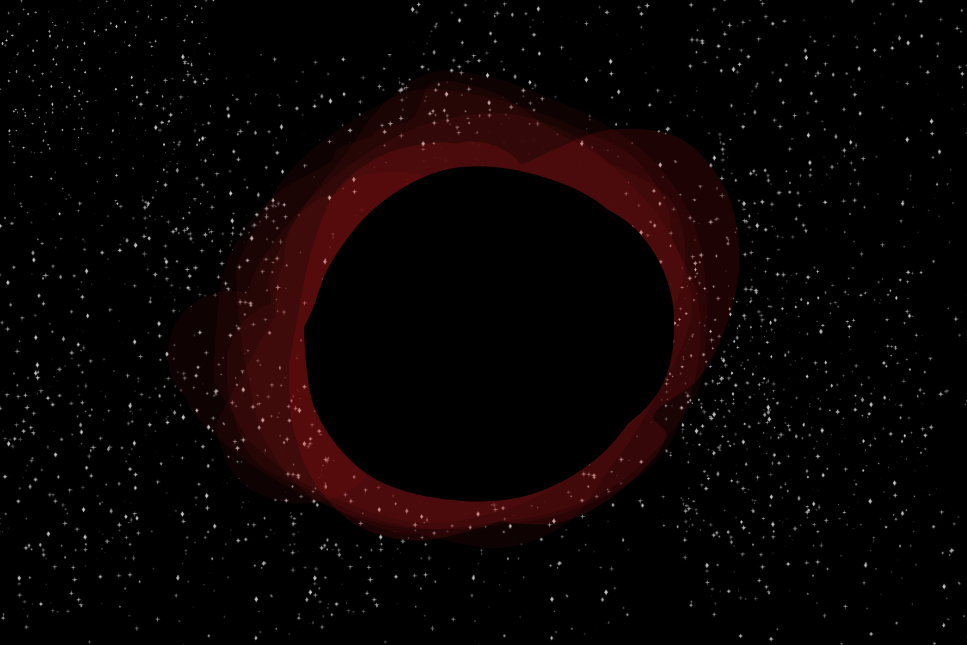The James Webb Space Telescope just unveiled a bright red supermassive black hole that is rapidly expanding. An Astronomy team at Ben-Gurion University was able to calculate its mass at approximately 40 million times more massive than the sun. Scientists are calling this discovery concerning, as the black hole is ‘unexpectedly’ massive compared to the surrounding galaxy.
The hole is 12.9 billion light-years away from Earth and is growing. The unique color of it can be attributed to a phenomenon called quasars. Quasars are the incredibly bright disks of matter formed by the suctioning action of black holes. The intense suctioning increases the temperatures of the matter to such high numbers that it glows, releasing a reddish hue. This specific black hole’s quasar is so intense that it is outshining surrounding stars.
Until Einstein’s theory of general relativity, this discovery would not have been possible. This theory states that objects with extreme mass have the capability to warp the space-time continuum. Many theorists of black holes state that essentially, a black hole acts like a physical hole in the continuum due to its intense density. In the recently discovered hole, the continuum surrounding it has a steeper downwards slope than average. This results in the faster quasar and the deeper red color.
Many theorists had predicted that a hole like this was possible, but it had not been discovered until recently. Astronomers are now optimistic that the discovery of this hole will serve as a time capsule for the history of the universe. The hole is thought to have formed when the universe was only 700 million years old and only the size of a present-day star cluster.
The discovery also shows more about how supermassive black holes can form and how they behave. Due to the age of this one, it is now possible for scientists to model the future movements of present day black holes on the past movements of this black hole.









